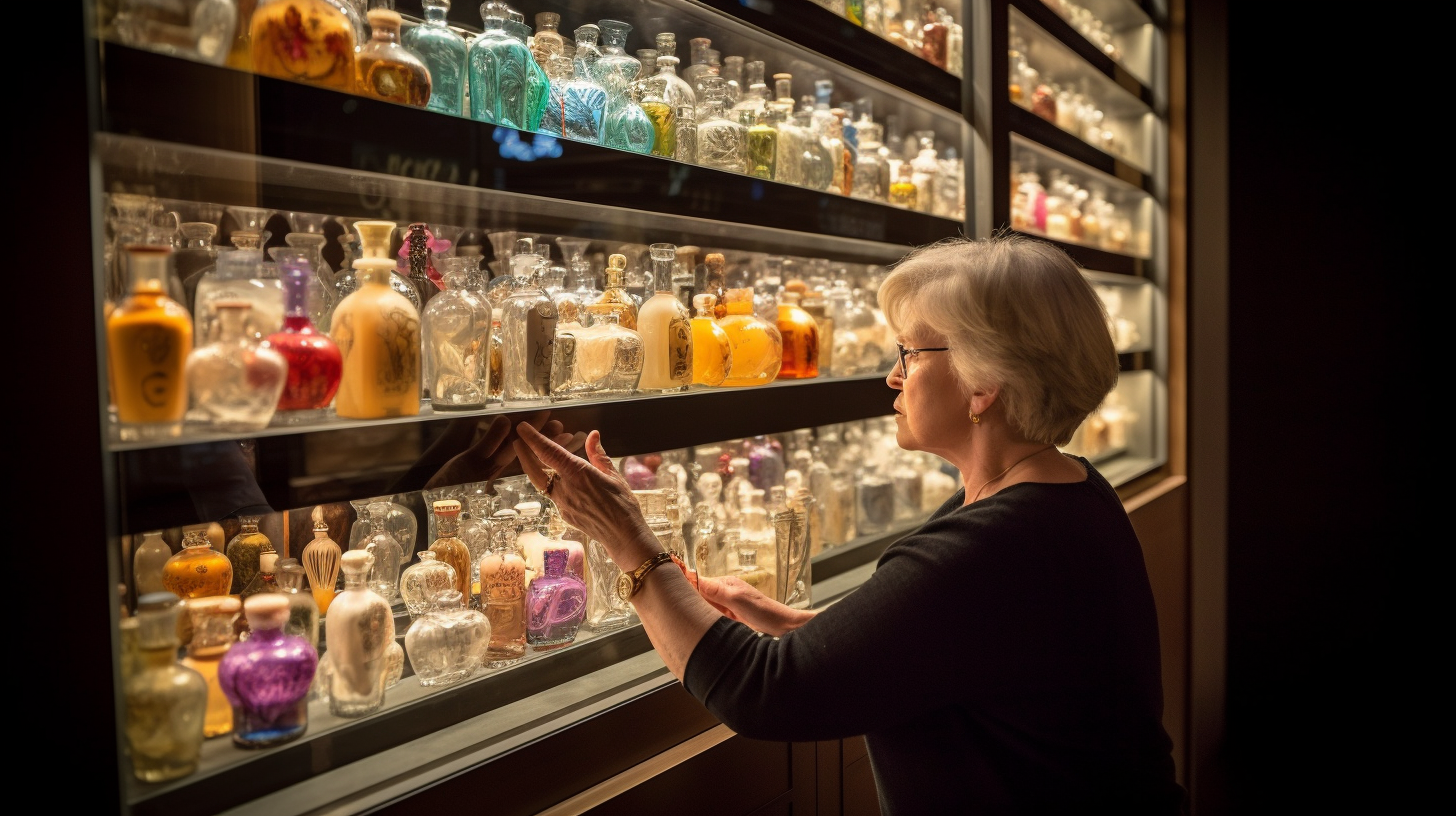Can Fragrances Belong to Multiple Classifications? Exploring the Versatility of Perfume Categories
Welcome to our blog post on the fascinating world of fragrance classifications! Fragrances have the power to captivate and transport us, evoking emotions and memories like no other sensory experience. But have you ever wondered how perfumes are categorized and classified? Can fragrances truly belong to multiple classifications? In this thought-provoking article, we will delve into the versatility of perfume categories, exploring the complexities and nuances that make fragrance classification a captivating subject for perfume enthusiasts and collectors alike.
The Essence of Fragrance Classifications
Fragrance classifications serve as a framework for categorizing perfumes based on their dominant notes and characteristics. These classifications help consumers navigate the vast world of perfumery by simplifying the process of selecting a fragrance that aligns with their personal preferences.
There are several widely recognized fragrance families or classifications, including floral, oriental, woody, fresh, and aromatic. Each category has its distinct olfactory profile, featuring specific ingredients that define its character.
For instance, floral fragrances showcase the timeless elegance of flowers like jasmine, rose, or lily. Oriental fragrances are known for their warm and exotic notes such as vanilla, amber, or spices. Woody fragrances highlight the scents of trees such as sandalwood or cedar. Fresh fragrances capture the crispness of citrus fruits or aquatic notes. Finally, aromatic fragrances feature herbs like lavender or sage.
These categories provide a starting point for understanding the overall character of a perfume and guide consumers in discovering scents that align with their taste.
The Blurred Lines: Can Fragrances Belong to Multiple Classifications?
While each fragrance classification has its distinctive features, it is not uncommon to encounter perfumes that blur the lines between these categories. In fact, many fragrances exhibit characteristics that can place them within multiple classifications simultaneously.
This versatility arises from the complex composition of fragrances. Perfumes are masterfully crafted by perfumers who blend various ingredients, known as “notes,” to create a harmonious and captivating scent. Each perfume typically consists of top notes, middle notes, and base notes that evolve over time.
For instance, a perfume may open with a burst of citrus freshness (top note), transition into a bouquet of floral elegance (middle note), and settle into a warm embrace of musk and vanilla (base note). This multifaceted composition can result in a fragrance that encompasses elements from different classifications.
Consider a perfume that combines the sweetness of roses (floral classification) with the warmth of amber (oriental classification) and the earthiness of patchouli (woody classification). Such a fragrance would defy simple categorization, blurring the lines between floral, oriental, and woody classifications.
The Complexity of Fragrance Compositions
The complexity of fragrance compositions is another factor that contributes to the potential overlap between classifications. Perfumers expertly balance multiple ingredients to create unique scent profiles that tell stories and evoke emotions.
Take, for example, the iconic fragrance Chanel No. 5. Classified as a floral aldehyde perfume, it combines floral notes with aldehydic compounds to create an unforgettable scent. However, within this classification, Chanel No. 5 also exhibits aspects of being powdery (due to orris root) and woody (with hints of sandalwood).
Furthermore, advancements in perfumery techniques and the availability of an extensive range of ingredients allow for unparalleled creativity in fragrance creation. Perfumers can now experiment with unconventional combinations and push the boundaries of traditional classifications.
The Subjective Nature of Scent Perception
Another dimension to consider when exploring the versatility of fragrance classifications is the subjective nature of scent perception. Fragrances evoke different responses in individuals, depending on their personal experiences, cultural backgrounds, and sensory preferences.
What might be classified as a floral fragrance for one person could lean more towards a woody classification for another. The same perfume can elicit varying interpretations and associations among different individuals.
This subjectivity challenges the notion of rigid boundaries between fragrance classifications. It highlights the fluidity and individuality of scent perception, suggesting that fragrances can belong to multiple classifications based on an individual’s unique olfactory experience.
The Role of Marketing and Branding
The marketing and branding strategies employed by perfume houses also contribute to the versatility of fragrance classifications. Perfume brands often position their products within specific categories to appeal to target audiences or align with prevailing trends.
In some cases, perfumes may be intentionally designed to challenge existing classifications or create new ones altogether. This strategy allows brands to differentiate themselves in a competitive market and appeal to consumers seeking novel olfactory experiences.
Conclusion
In conclusion, the world of fragrance classifications is far from rigid or straightforward. Perfumes have the remarkable ability to transcend traditional boundaries and simultaneously belong to multiple categories.
The complexities of fragrance compositions, coupled with the subjective nature of scent perception, create a dynamic landscape where fragrances can defy classification conventions. Additionally, marketing and branding strategies further contribute to this versatility by challenging existing categorizations or introducing new ones.
Ultimately, whether a fragrance belongs to one or multiple classifications is a matter of interpretation and personal preference. As perfume enthusiasts, we have the joy and privilege of exploring this versatile world where scents mingle and boundaries fade away.
So next time you find yourself captivated by a fragrance that seems to defy classification, embrace its complexity and allow it to transport you on a scent journey like no other.




